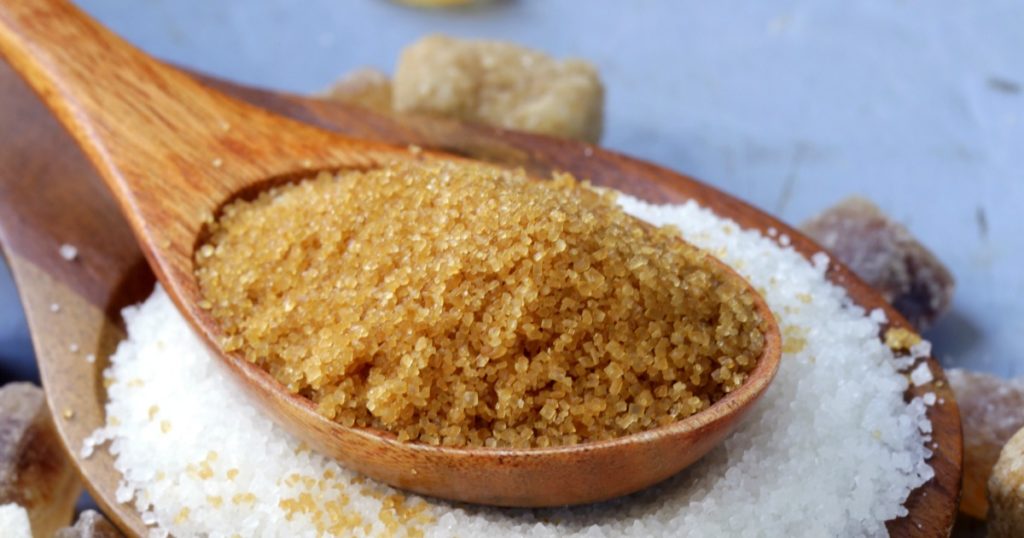
It is sometimes said that sugar is “toxic” or “addictive,” and it is often blamed as the sole culprit in obesity and diabetes. While it is true that sugary foods can stimulate the same part of the brain responsible for pleasure and reward, as do many illicit substances, there are reasons other than addiction that eating could be linked with the reward area of the brain.
For example, when we eat a tasty food, our brain naturally releases serotonin, which gives us the feeling of happiness or pleasure. It is that feeling of well-being produced by serotonin that we come to crave, not the food itself. Additionally, many experts argue that it is food restriction and dieting which cause intense cravings and desires for certain foods, not a physical addiction.
Different Types of Sugars
When it comes to consuming sugar, it is important to know what kind of sugar is in the food you are eating. The two major groups of sugars are natural sugars and added sugars. Natural sugars are those naturally found in foods such as fruits, vegetables, grains, unflavored milk, and plain yogurt. They are bound by fiber and protein and are healthful to consume. It is the combination of excess added sugars and fats, along with a lack of physical activity which can lead to an unwanted increase in weight, diabetes, and heart disease. The best way to limit added sugar is to eat whole, unprocessed foods such as fruits, vegetables, lean meat, unflavored dairy products, and whole grains.
Check the ingredient list on a food label to identify and limit added sugars. Here are some examples of processed or added sugars:
- Agave syrup
- Brown sugar
- Cane juice and cane syrup
- Confectioner’s sugar
- Corn sweetener and corn syrup
- Dextrose
- Fruit juice concentrate
- Granulated white sugar
- High-fructose corn syrup
- Honey
- Invert sugar
- Malt syrup
- Raw sugar
- Sucrose
New Sugar Recommendations
According to the 2015-2020 Dietary Guidelines for Americans, an individual should consume no more than 10% of total calories from added sugar. This does not include natural sugars found in fruit or unflavored dairy. It includes the added sugar found in sodas, fruit drinks, desserts, and even in marina sauces, salad dressings, flavored yogurts, and breakfast cereal. For example, when eating 2,000 calorie per day, only 200 calories should come from added sugars, equivalent to about 12 teaspoons per day. The average can of soda has 9 teaspoons of sugar by itself!
For other great health tips and recipes, check out the cooking classes and cookbook at www.nutritioncenter.chhs.colostate.edu or visit the College of Health and Human Sciences Pinterest board.